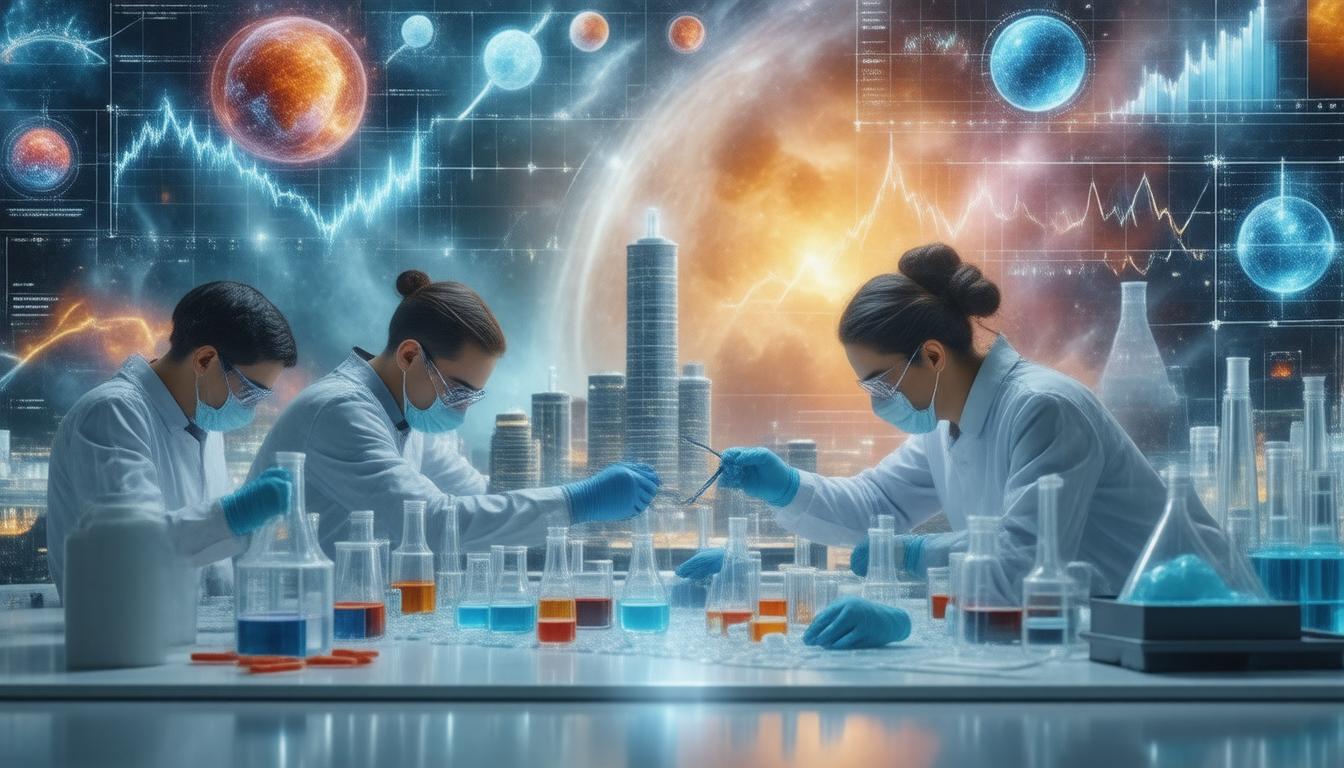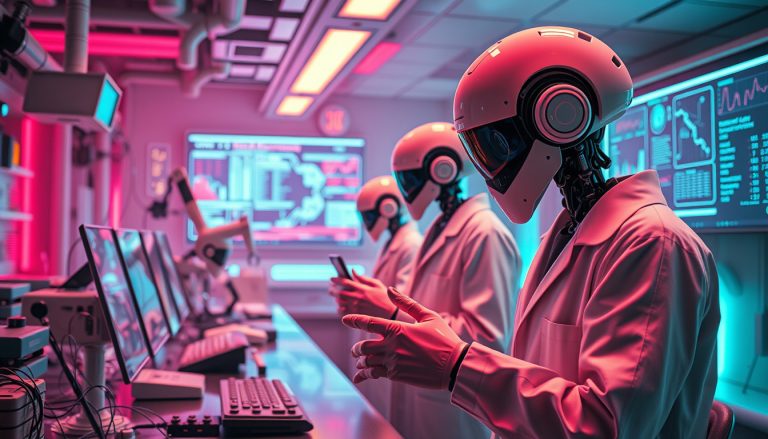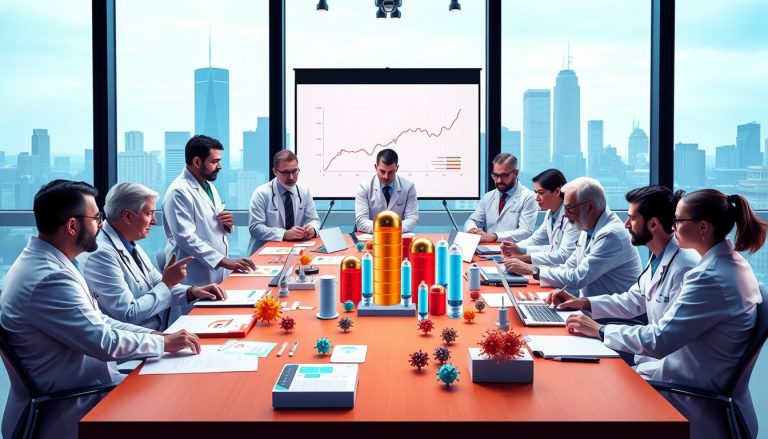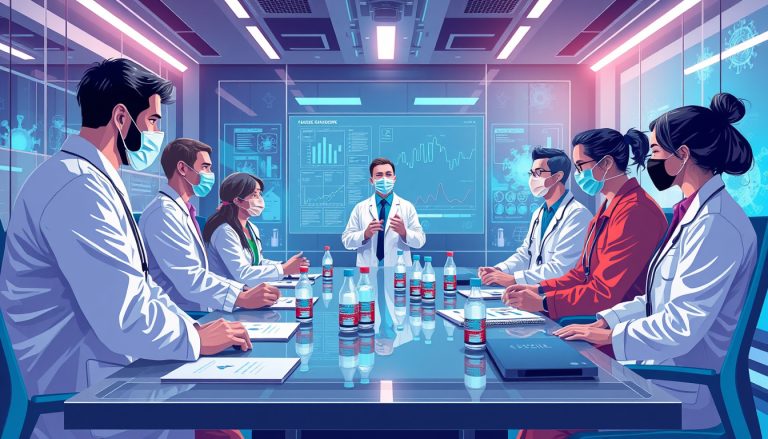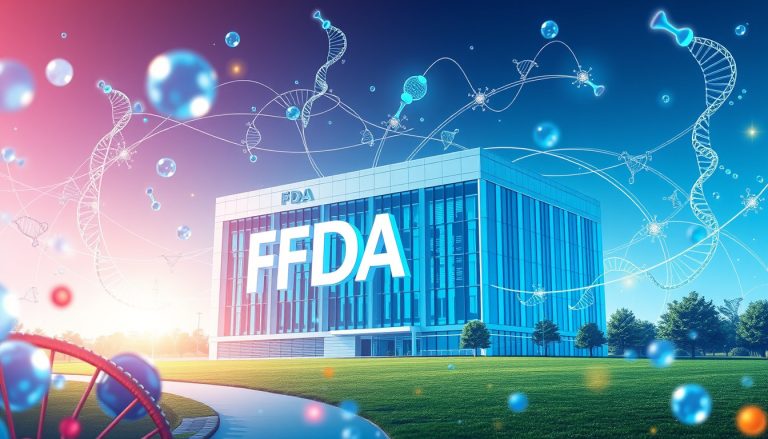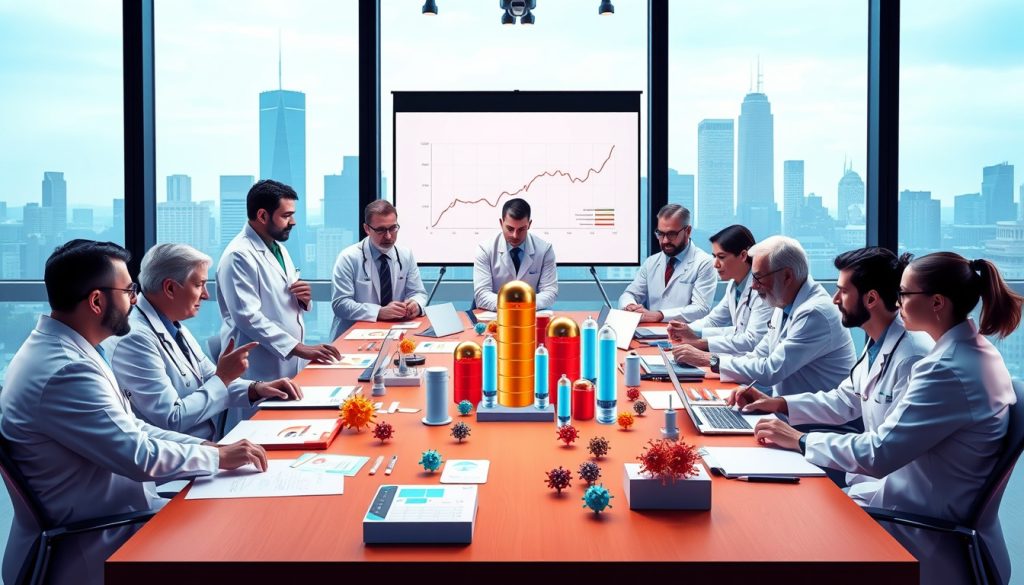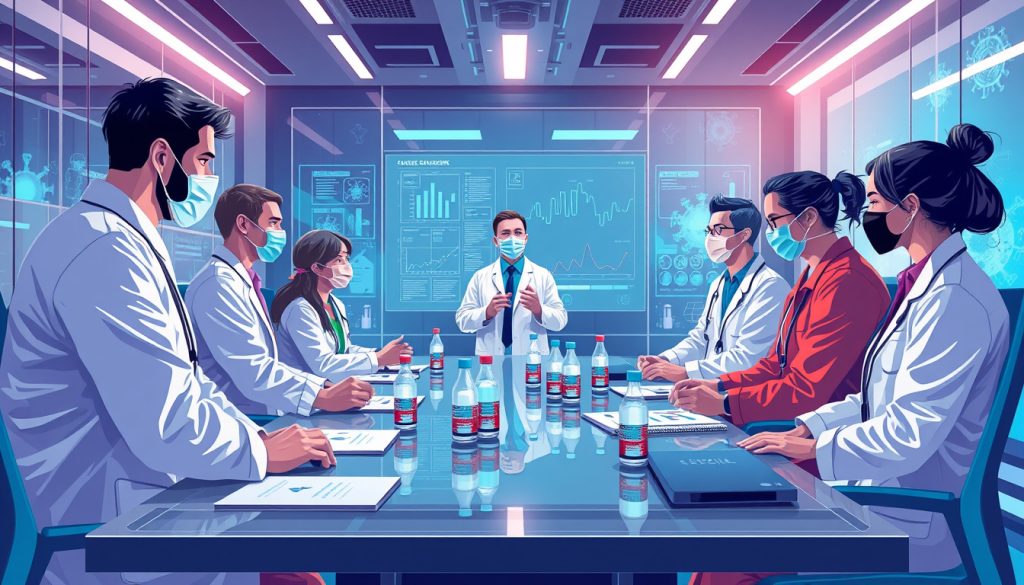As the biotech and pharmaceutical sectors experience a remarkable surge in mergers and acquisitions (M&A) activity in early 2025, industry stakeholders are keenly observing the trends and drivers behind this transformative period.
The promising outlook presents exciting opportunities, but it also raises critical questions about the long-term sustainability of such dynamic M&A activity.
In this article, we delve into the key factors propelling this growth in the biotech M&A landscape and consider the future challenges that may impact its trajectory.
Key Takeaways
- Technological advancements are a primary driver for the surge in biotech M&A activity.
- Increased investment in healthcare is creating a favorable environment for mergers and acquisitions.
- Future sustainability of M&A activity in biotech may be challenged by regulatory changes and economic fluctuations.
Key Drivers of M&A Growth in Biotech
In early 2025, the biotech and pharmaceutical sectors are witnessing a notable resurgence in mergers and acquisitions (M&A), driven by several key factors.
One major driver is the rapid pace of technological advancements, which is enabling companies to develop innovative therapies and platforms that appeal to a broader market.
Increased investment in healthcare is also fueling this wave of consolidation, as investors seek to capitalize on the growing demand for biotechnology solutions spurred by an aging population and rising chronic diseases.
Furthermore, favorable market conditions, including low interest rates and a supportive regulatory environment, have created a fertile ground for strategic partnerships and acquisitions.
However, questions linger about the sustainability of this M&A growth.
Will shifting regulatory landscapes or economic fluctuations dampen the enthusiasm for deal-making?
Moreover, as consumer demands evolve, how will companies adapt their strategies to maintain competitive advantages?
The answers to these questions will likely shape the future of M&A activity in the biotech industry, influencing both the trajectory of innovation and the overall health of the sector.
Future Challenges and Considerations for Sustainability
As the biotechnology and pharmaceutical sectors continue to evolve, they face a series of complex challenges that could impact the trajectory of future mergers and acquisitions.
Among these, regulatory changes stand out as a significant consideration; shifts in government policy or approval processes can directly influence the attractiveness of potential deals.
Furthermore, economic fluctuations, such as inflation or shifts in consumer spending, may create uncertainty that can hinder investment or lead to increased caution among companies considering partnerships.
Additionally, consumers are becoming more informed and vocal about their healthcare choices, pushing companies to not only innovate but also prioritize sustainability and ethical practices in their operations.
These dynamics necessitate that executives remain agile, adapting their M&A strategies to navigate an increasingly competitive landscape while remaining responsive to both market pressures and consumer expectations.

